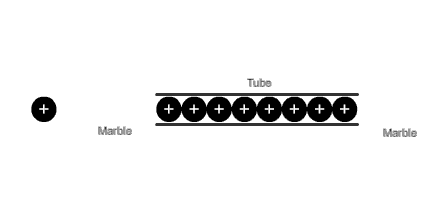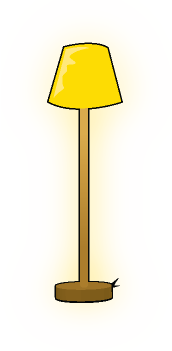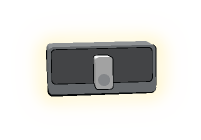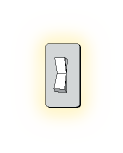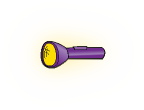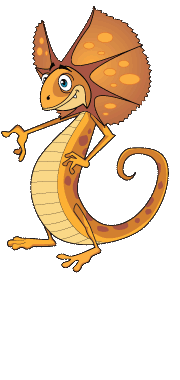To help you understand electricity, we need to look to the smallest particles in the world with the biggest role to play.
Everything around you, including your body, is made of tiny particles called atoms. Atoms are too small to see with your eyes, but scientists can see them with a special type of microscope called a scanning tunnelling microscope.
Atoms are made up of three parts - protons, neutrons and electrons. When the electrons are excited and jump around, this is electricity.
There are two types of electricity - static electricity and current electricity.
- Static electricity is the build-up of electrons in one place.
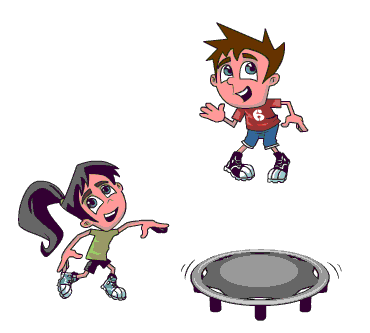
Have you ever jumped on a trampoline or rubbed your feet on carpet then touched someone else and felt an electric shock? When you jump on the trampoline the electrons in your body jump around and become energised. This creates a build-up of electrons in your body, so when you touch someone else, the electric charge is released and they are given a small, harmless shock.
- Current electricity is the flow of electrons from electron to electron through a material, like wires and power lines.
The appliances in your home run on current electricity. This flow of electricity through a circuit can either come from a battery or mains power.
Imagine a set of marbles in a long tube. If a marble is pushed into one end, the marble at the opposite end, not matter how long the line is, will be pushed out. When a battery or power station produces electrons, the build-up of electrons are pushed out into the wire, travelling along bumping into each other.
